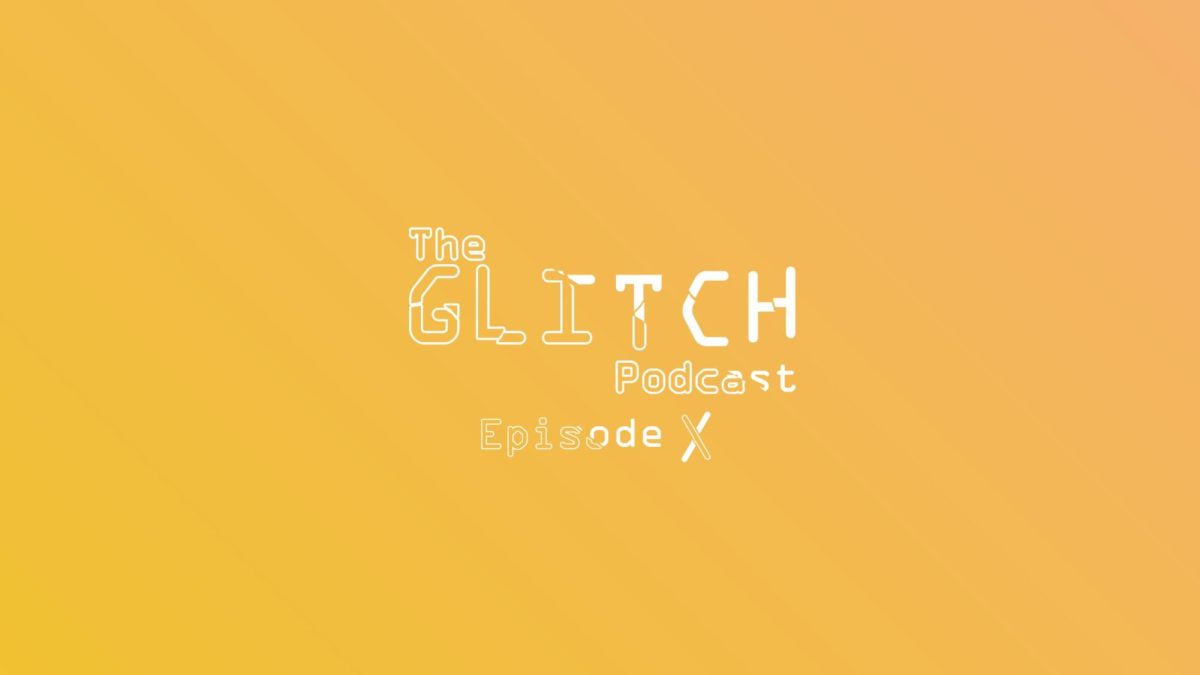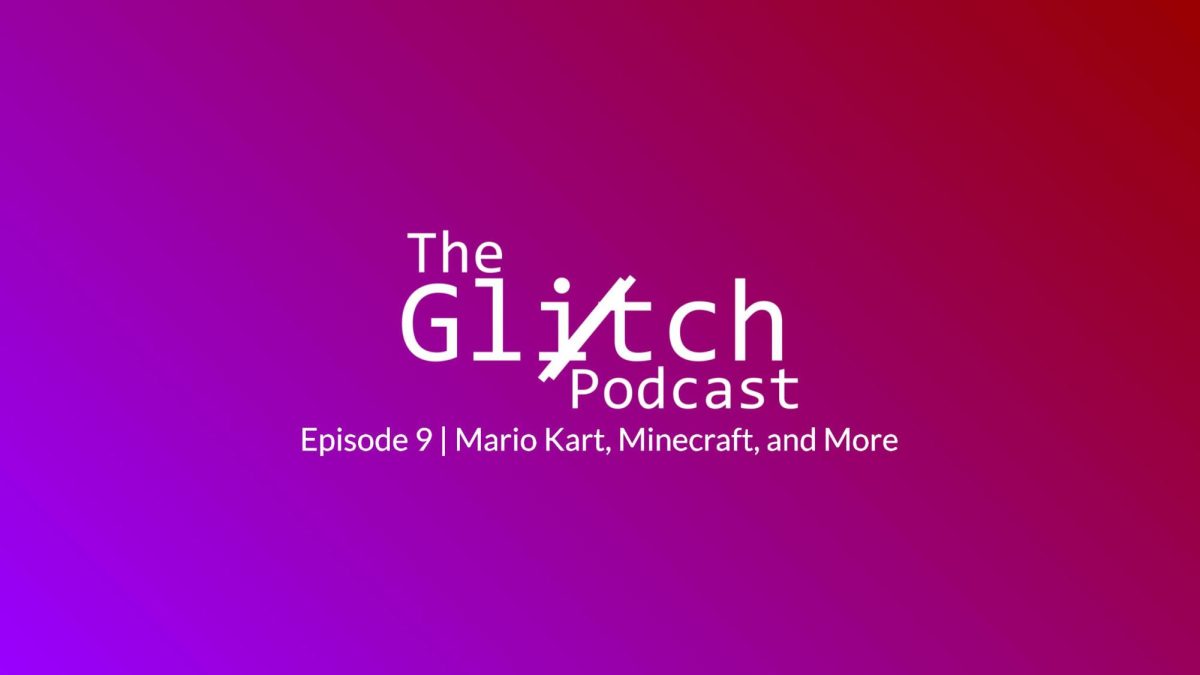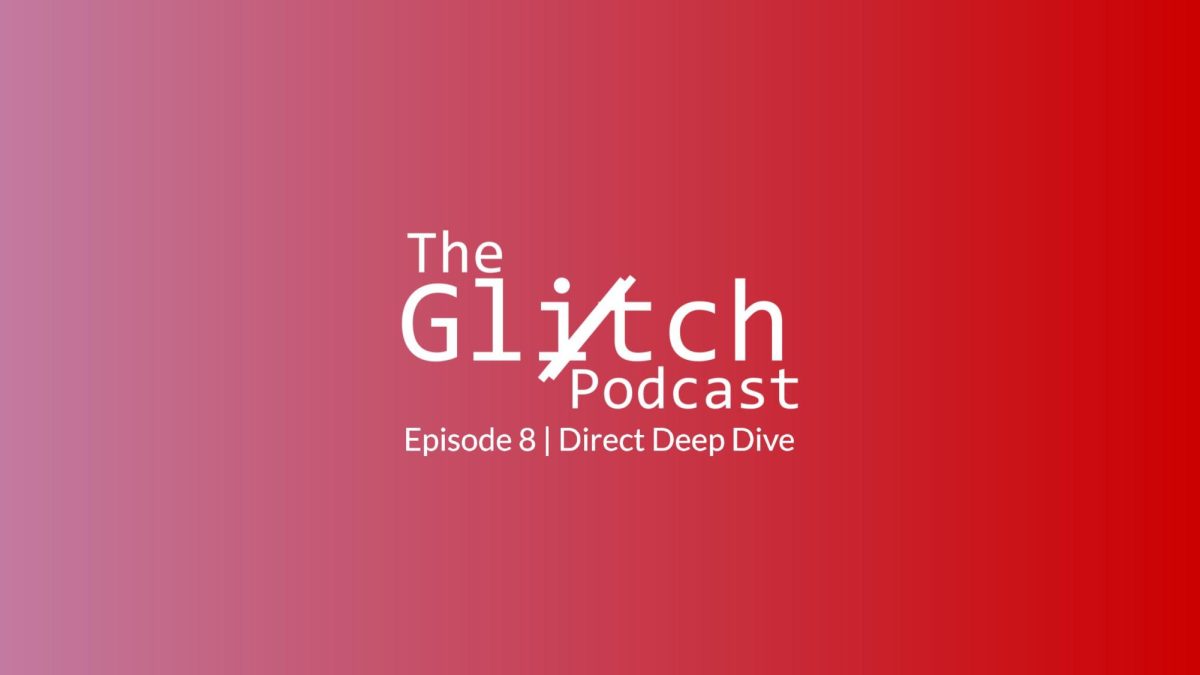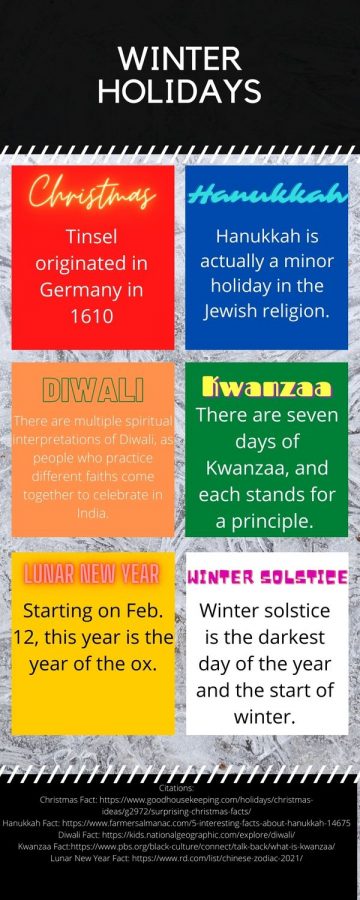Students Share Their Favorite Holiday Traditions
What you didn’t know about six winter holidays.
February 10, 2021
Imagine yourself and your family (or friends) celebrating your favorite fall or winter holiday, be it Christmas, Hanukkah, New Year, Kwanzaa, Diwali, Lunar New Year, Winter Solstice, Dia de los Muertos, or another holiday. Continue reading to learn about the holiday traditions of students around the school.
Diwali:
Diwali is a five-day holiday celebrated in October or November. According to Britannica, Diwali celebrates triumph over darkness. The Hindu Festival of Lights comes with many meaningful traditions.
“One of my favorite traditions for Diwali is getting together and setting off fireworks,” Tanvi Rami ‘22 said. “Even though in Denver it’s normally very cold and we’re all in traditional clothing, it doesn’t take away from the enjoyment, [but] rather adds because we’re all rushing to get the fireworks set off and get inside because it’s cold… [this] has led to some amazing memories and very funny moments.”
Hanukkah:
Hanukkah is an eight-night celebration of the reclamation of Jerusalem. The holiday celebrates the Miracle of Hanukkah, in which a menorah, only having enough oil for one night, instead burned for eight, according to History.com. The menorah is still part of modern-day Hanukkah celebrations, along with many other activities.
“My favorite tradition during Hanukkah is to play dreidel with friends and family after lighting the menorah,” Josh Lederman ‘22 said. “We usually eat fried foods like latkes and doughnuts to remind us of the miracle of Hanukkah, and I always enjoy eating these traditional foods.”
Christmas:
Christmas is a holiday that originated from the Christian religion. Christmas traditionally celebrates the birth of Jesus, but the holiday is becoming increasingly secular. Christmas traditions often carry memories for those who celebrate.
“Every year we make a big batch of Christmas-themed homemade sugar cookies and decorate them together with all my cousins,” Avery Monroe ‘24 said. “Eating them is almost as good as making them!”
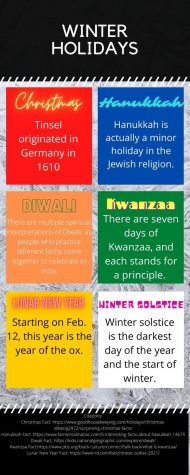
Dia de los Muertos:
Dia de los Muertos is a Mexican celebration of deceased loved ones, according to National Geographic. Dia de los Muertos translates to “Day of the Dead”. This celebration is all about respecting ancestors and remembering their contributions to the world.
Kwanzaa:
Kwanzaa is a seven-day celebration of African American heritage that is celebrated secularly across the United States. This holiday represents African American culture and helps to keep it alive in society. Each candle on the Kinara represents one of seven principles of Kwanzaa, according to History.com.
Lunar New Year and Chinese New Year:
Lunar New Year and Chinese New Year celebrate the coming of spring and the new year. celebrates the new year in the lunar calendar. Lunar New Year and Chinese New Year are related but are actually different holidays. Lunar New Year is celebrated in many Asian countries, while Chinese New Year is celebrated in China, according to Britannica.
Winter Solstice:
Winter Solstice is the shortest day of the year, which usually occurs on December 21st or 22nd. Winter Solstice is a secular holiday that originated in ancient times and is still celebrated today, with some Christmas and Hanukkah traditions evolving from Winter Solstice, according
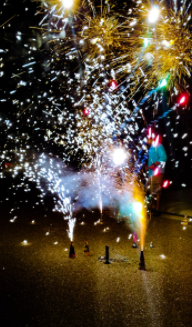
(photo by Tanvi Rami)
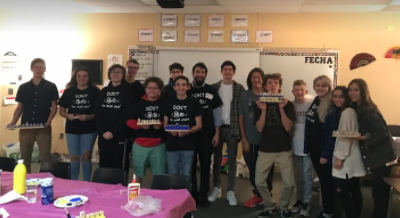
(photo by Jewish Student Cultural Connection)
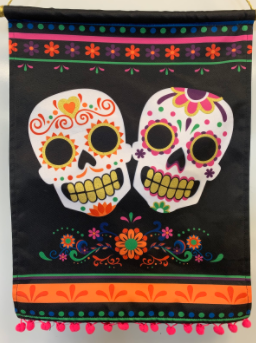
(photo by Christina Geis)
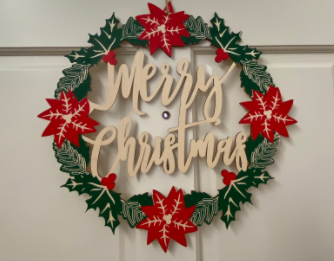
(photo by Rhonda Uhrain)

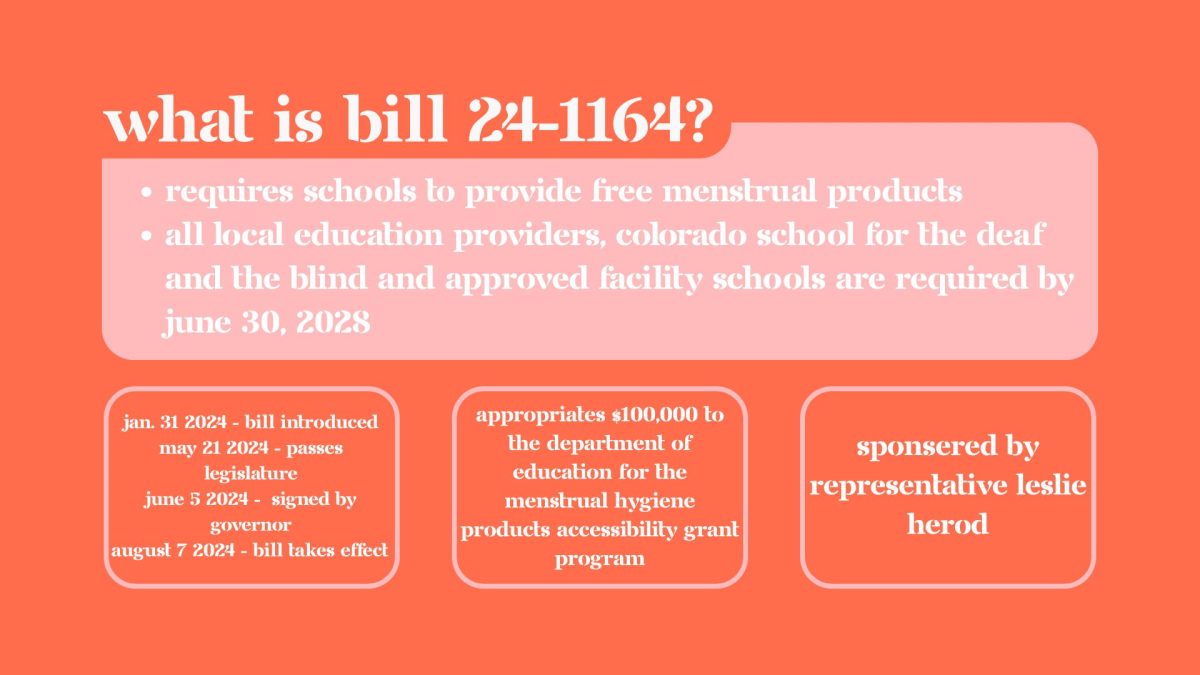

![Minutes before the Activities Fair in the gym, president Abhi Gowda ‘26 prepares the stall for his club Helping Hands, Sept. 4. A relatively new club, Helping Hands was co-started by Gowda and focuses on assisting the homeless, and just last year they succeeded in raising a couple hundred donations to send to shelters. This year, they have goals to expand, with hopes to increase volunteer opportunities and take in-person trips to shelters, as well as extend their help beyond just homeless people. “The Activities Fair gives a lot of underclassmen the opportunity to really get to know the Canyon culture, and it gives them many opportunities for service and volunteering,” Gowda said. “[Through the Activities Fair,] I hope to find a bunch of new and passionate members about our club and just get our name out there and spread awareness to the cause that we’re fighting for.”](https://rockmediaonline.org/wp-content/uploads/2025/09/1-2-1200x885.jpg)
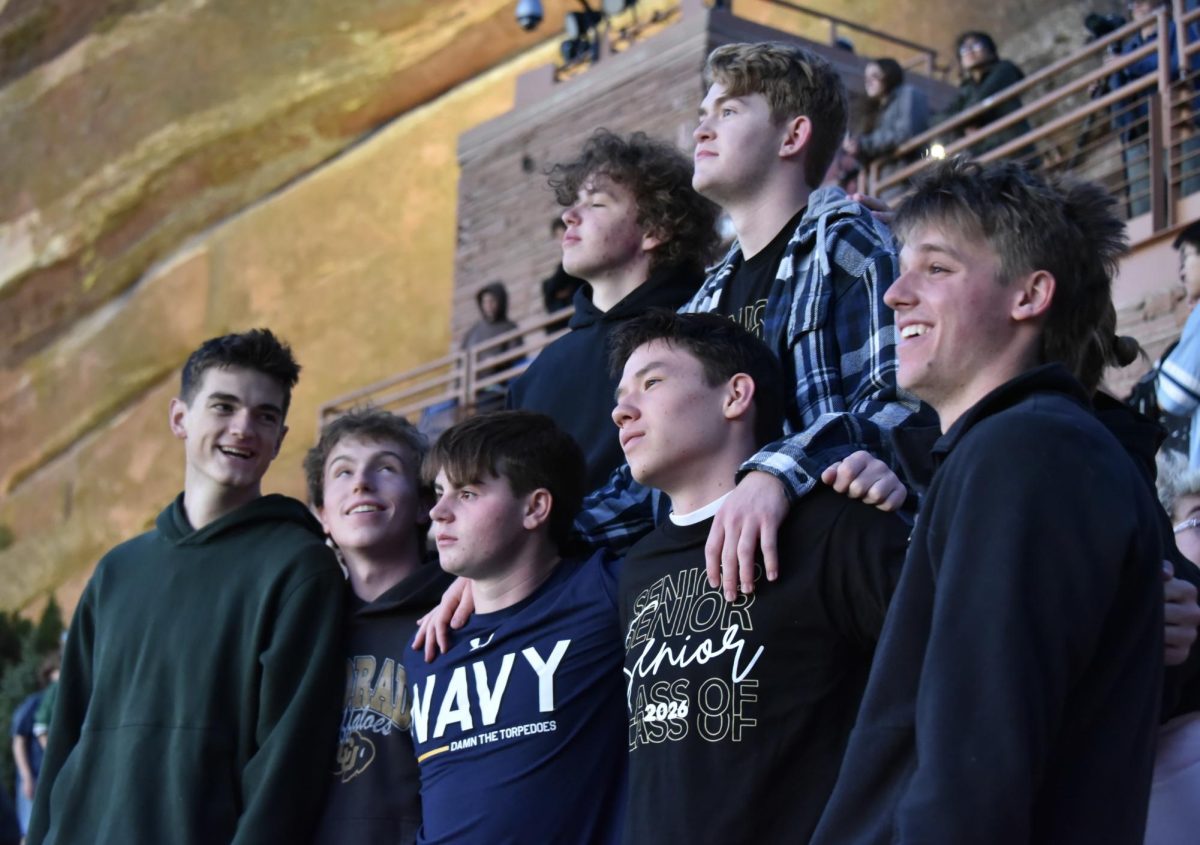
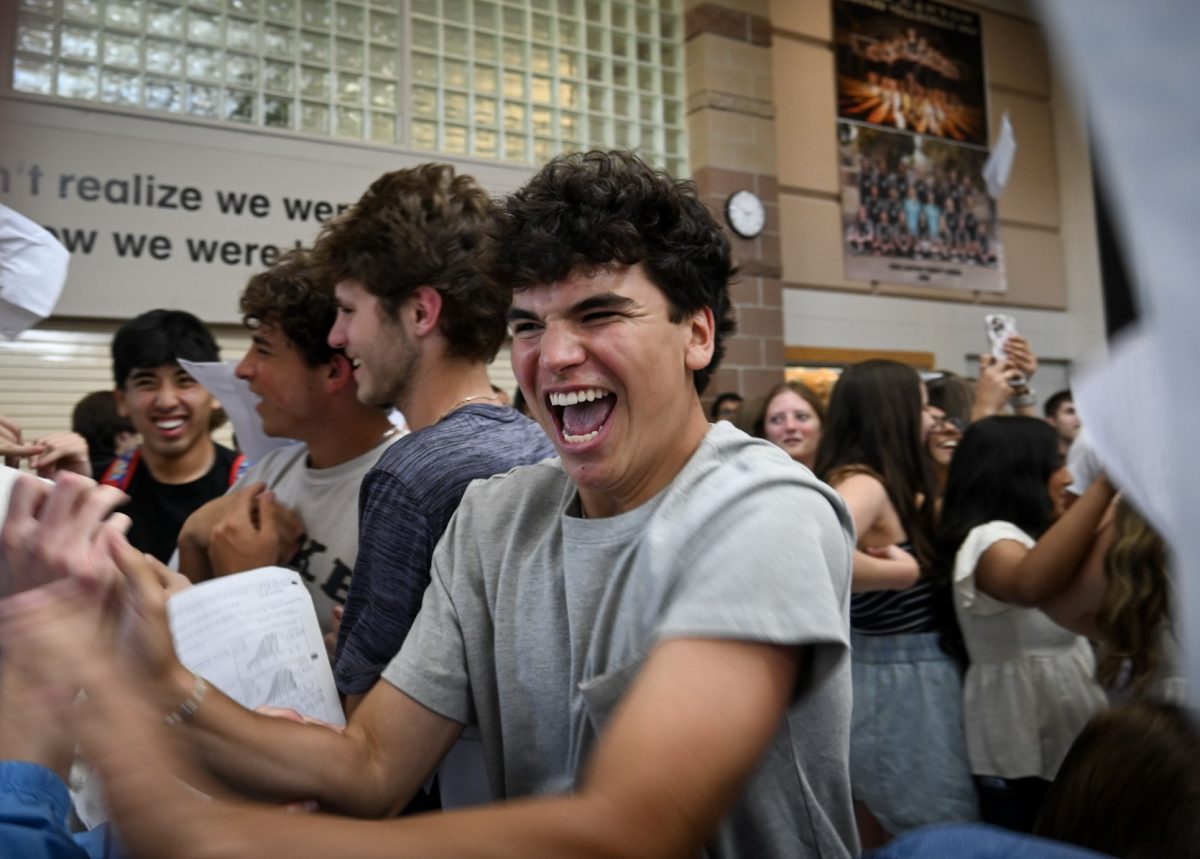

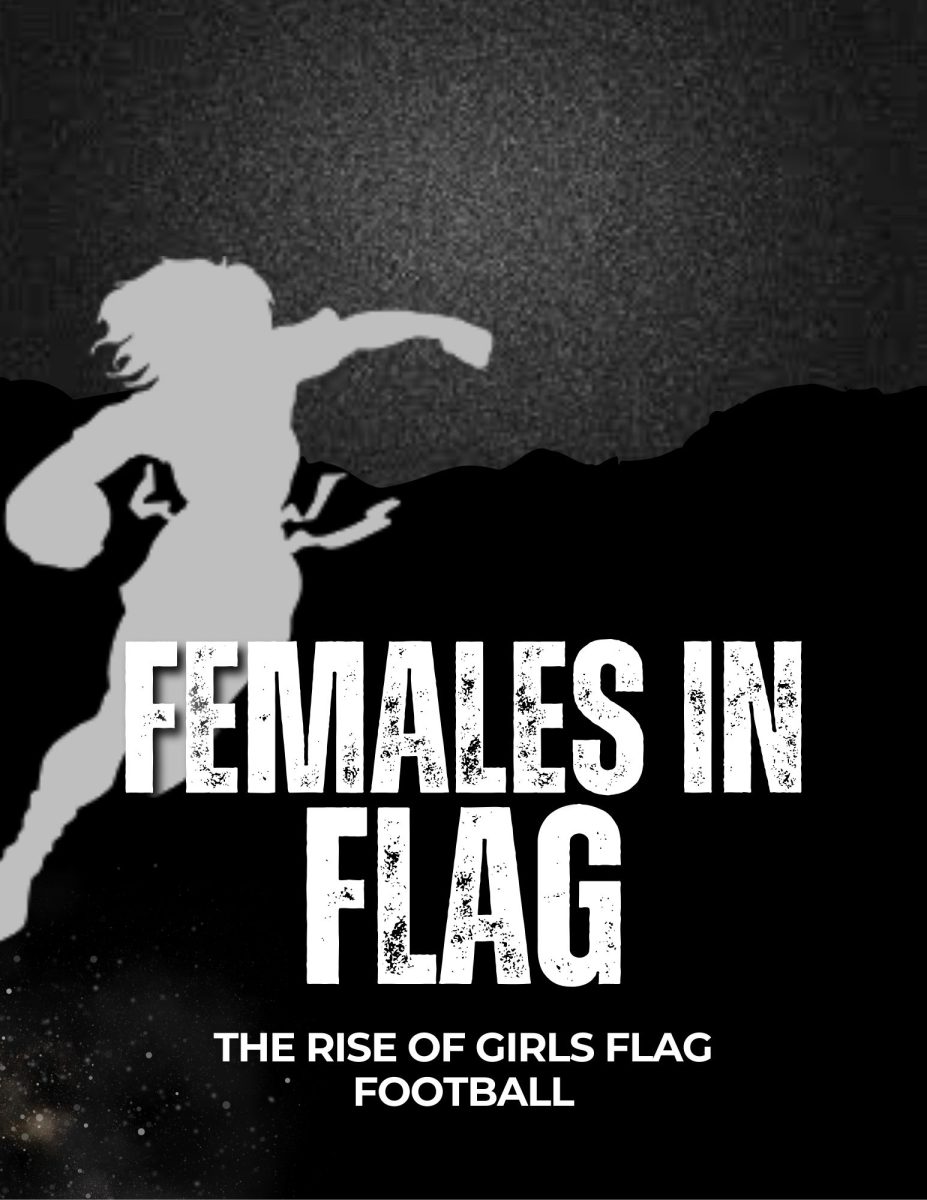
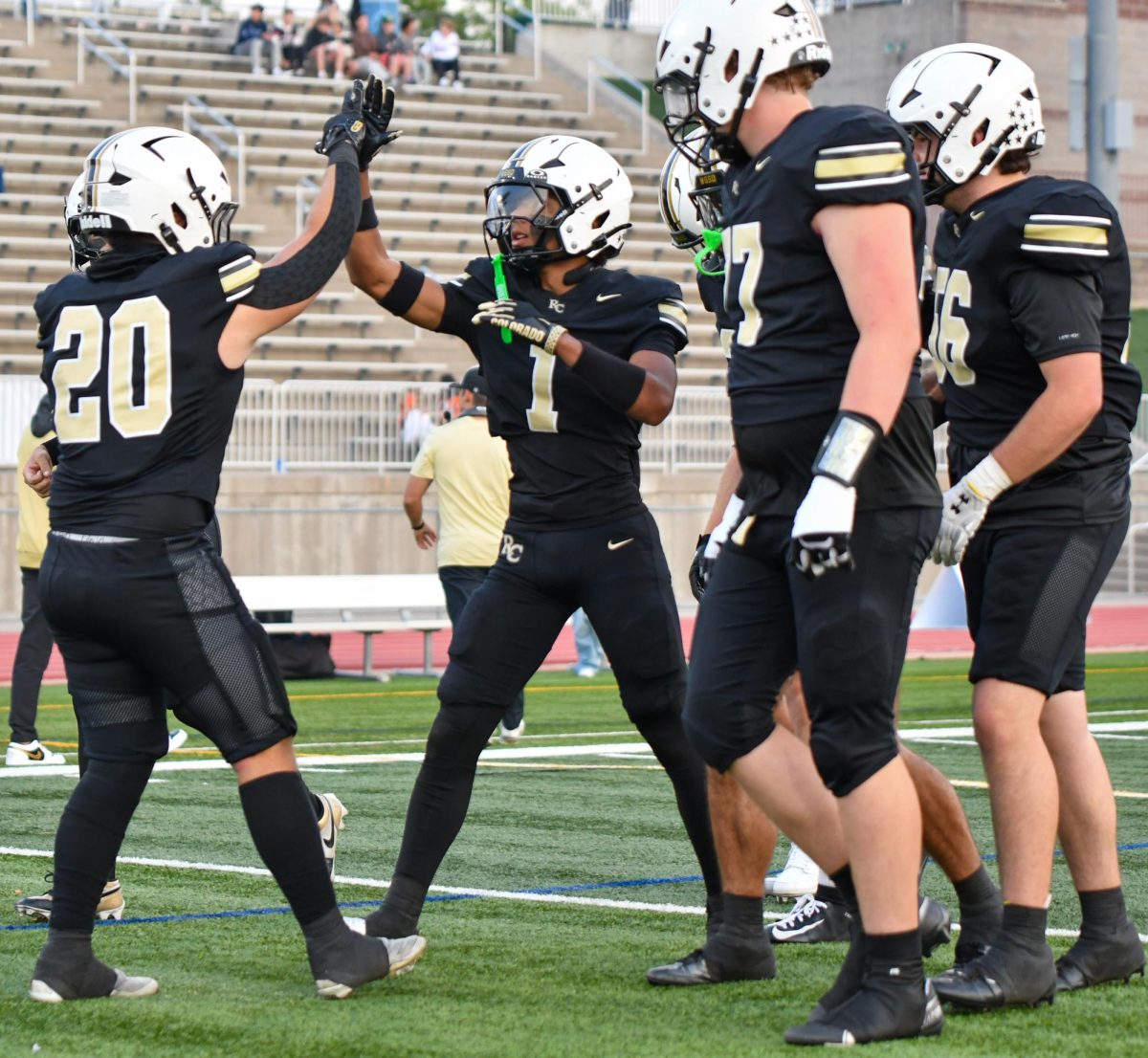


![The winter guard team makes fifth place at the state championship finals in the Denver Coliseum, March 30. The team performed to Barnes Country's “Glitter and Gold,” lead by coaches Margo Sanford, Blair Bickerton and Anna Orgren. In their class there were a total of nine groups participating, and the top five who made it to finals received a plaque. “[Walking onto the stage] is very nerve-wracking, but also very exciting as well. When you first start color guard there's a lot of anxiety and uncertainty when you first perform in front of an audience, but once you've done it for a while, it starts to become the best part of the season,” Ella West ‘25 said. “It's very fulfilling to see an audience react to something you've put your heart and soul into.”](https://rockmediaonline.org/wp-content/uploads/2025/04/Both-socal-media-nd-website-main-1-1200x846.jpg)
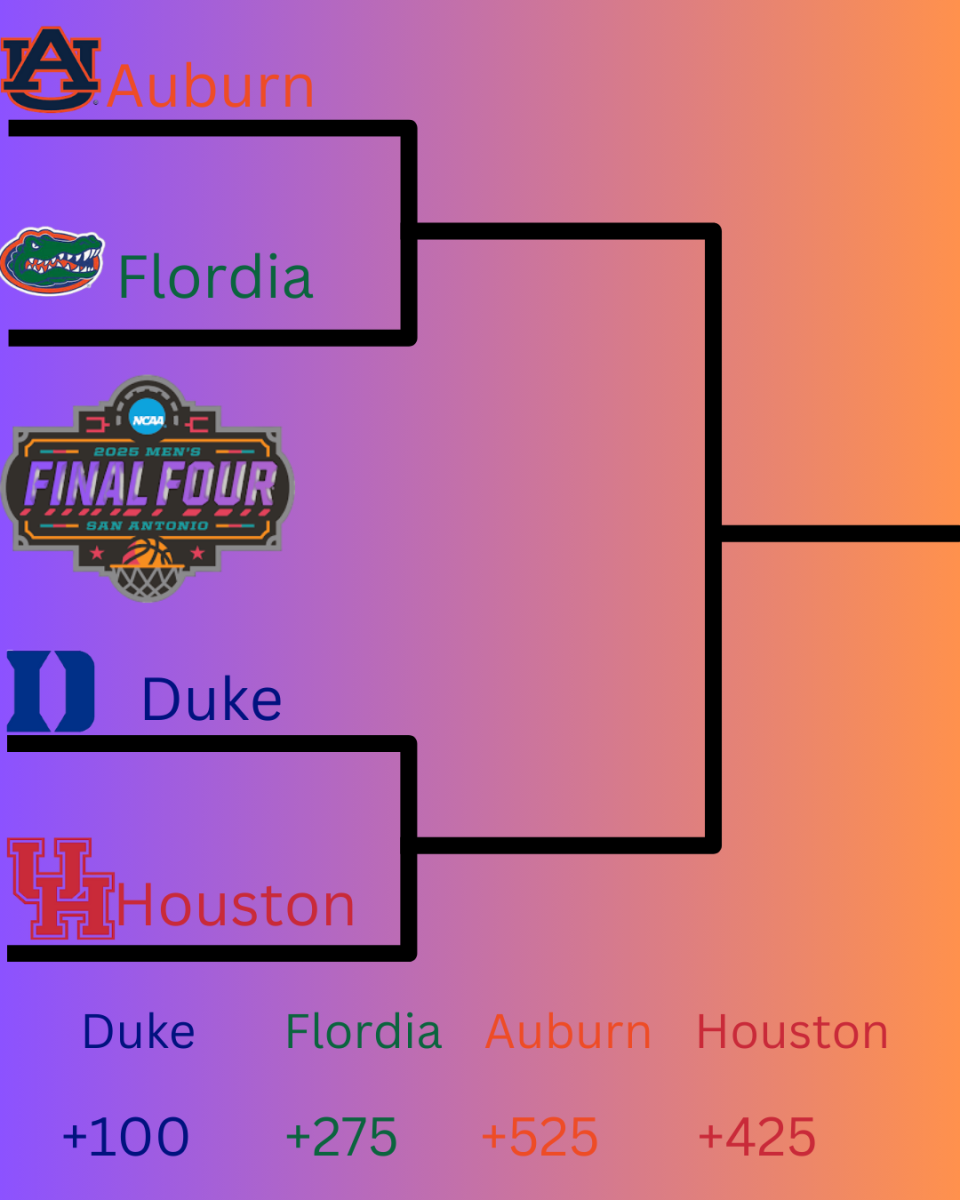
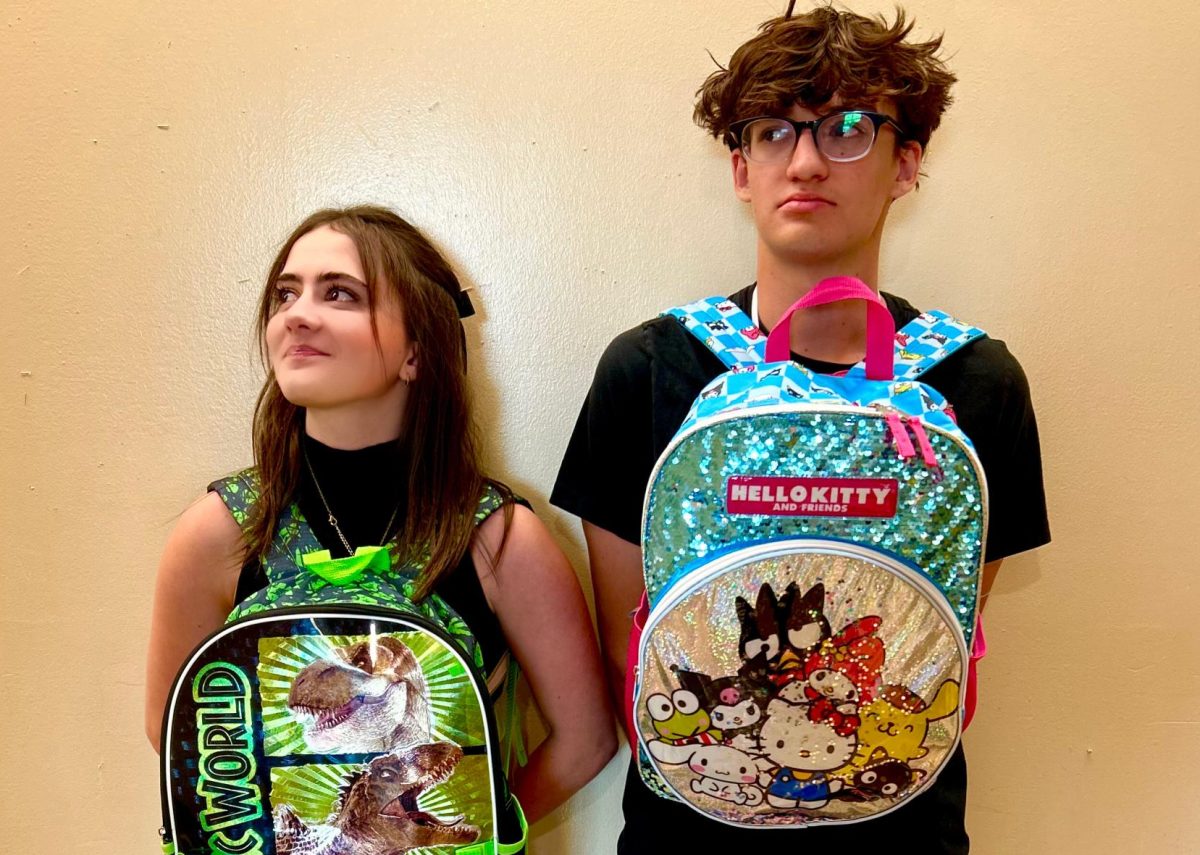
![April marks the 25th anniversary of Sexual Assault Awareness Month, created by the National Sexual Violence Resource Center (NSVRC). This month is to spread awareness of the harassment, assault and abuse that happens around the world. The symbol that represented the month was a teal ribbon; however, some survivors of assault create different symbols and movements like the TikTok trend in 2022, where survivors would tattoo Medusa on their body, in honor of her backstory in Greek Mythology. “I don't think [this month is known] at all. I rarely see anybody talk about it. I rarely see much of an emphasis on posting it online, or much discussion about it, and I feel like there needs to be way more discussion,” an anonymous source said. “I think just validating every experience that a person has gone through, regardless of the degree of it, the severity, is an essential step into making sure that people are aware that this is a very real problem in a society and that we need to do better in addressing it.”](https://rockmediaonline.org/wp-content/uploads/2025/04/IMG_0011-1200x900.jpg)

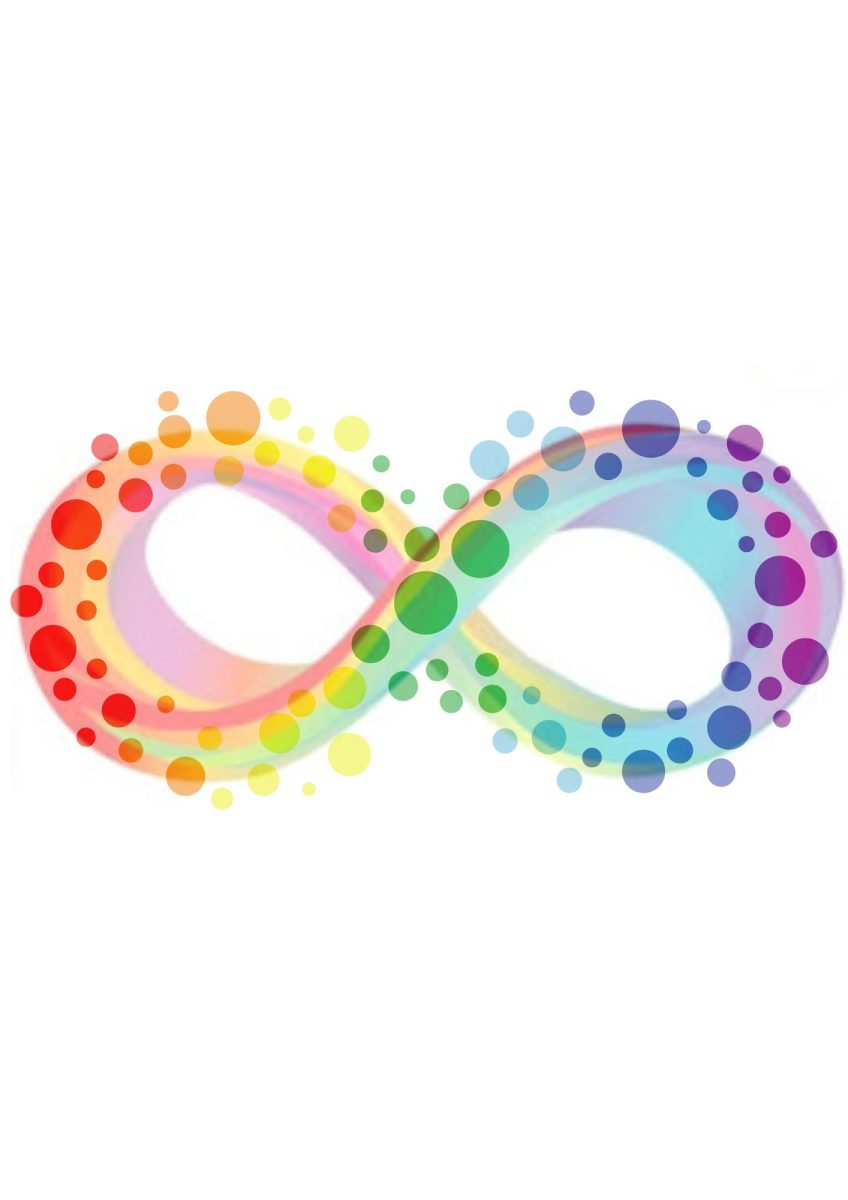
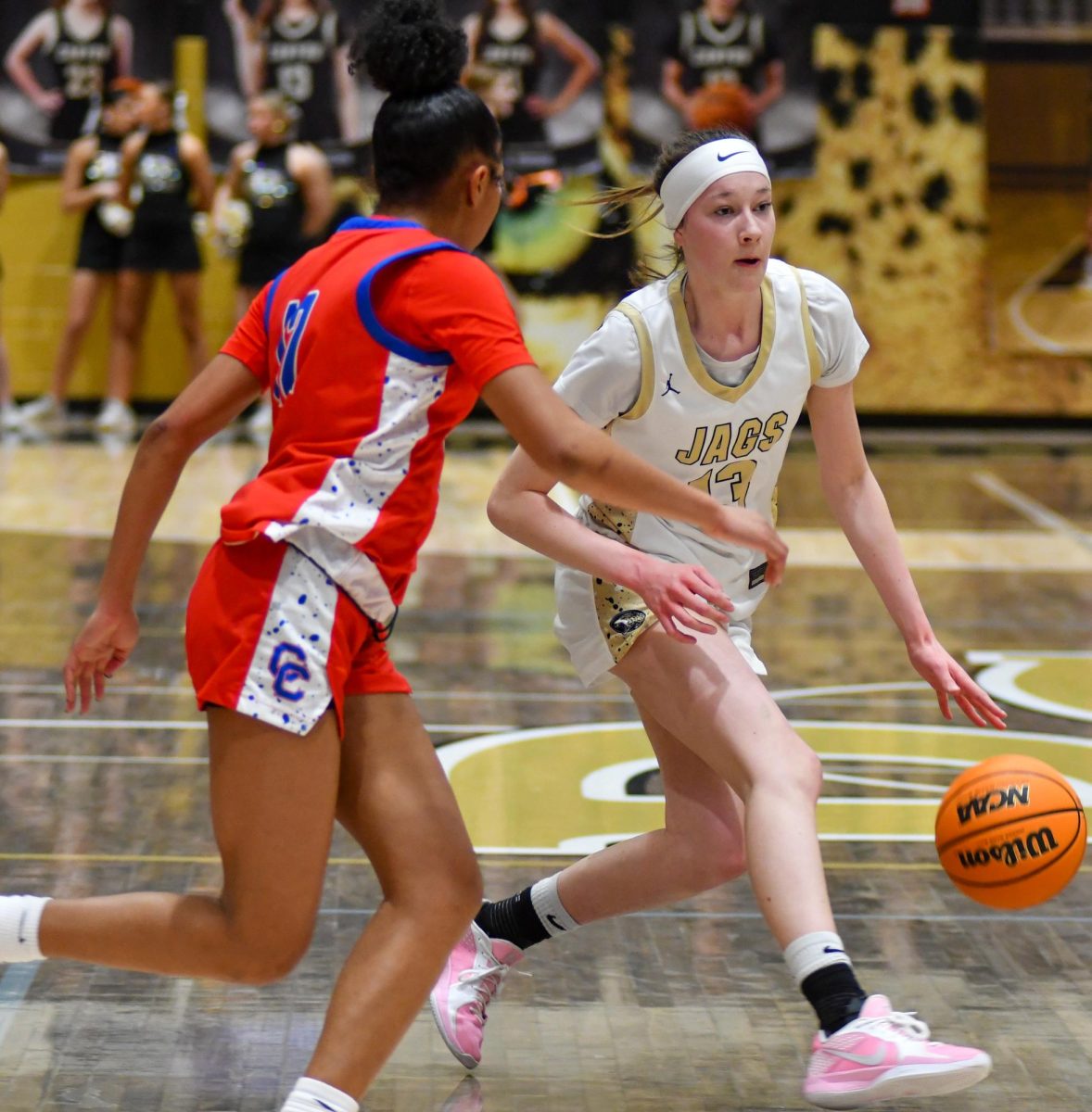
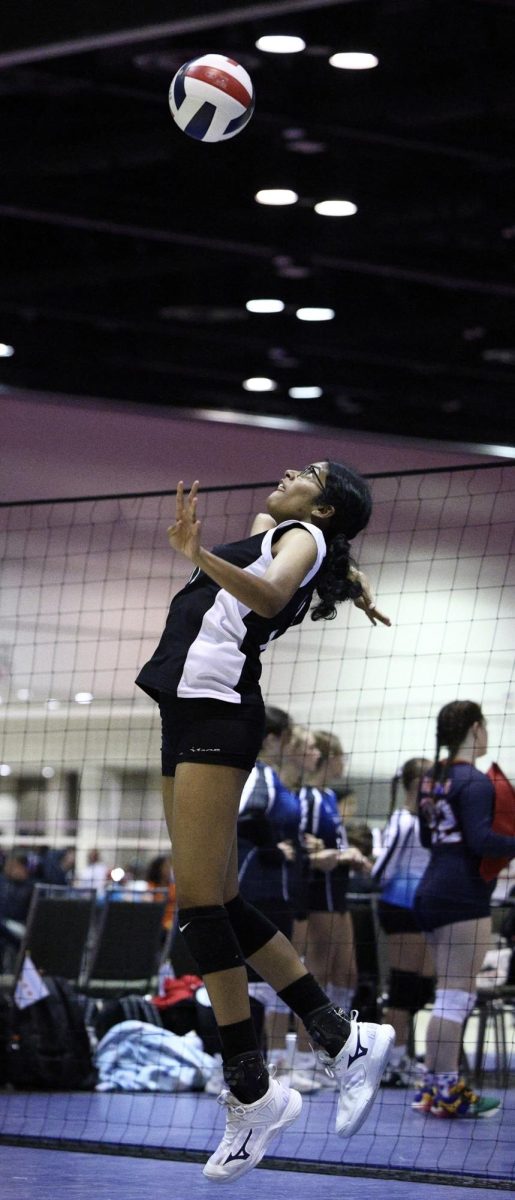
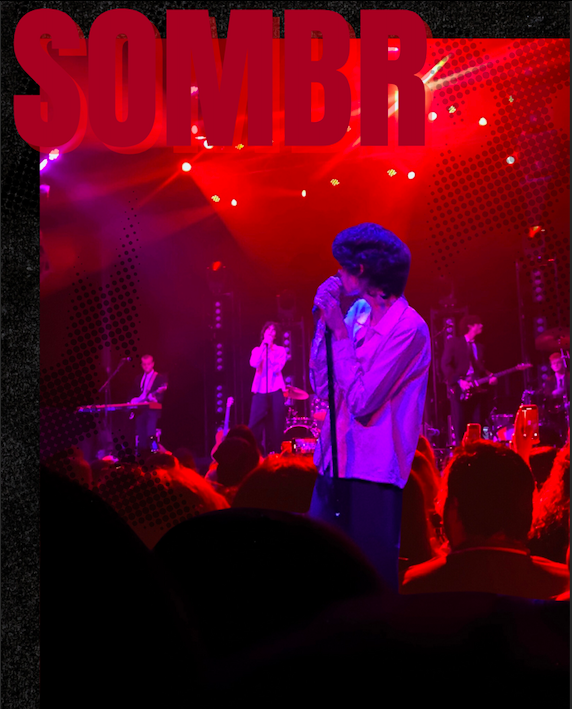

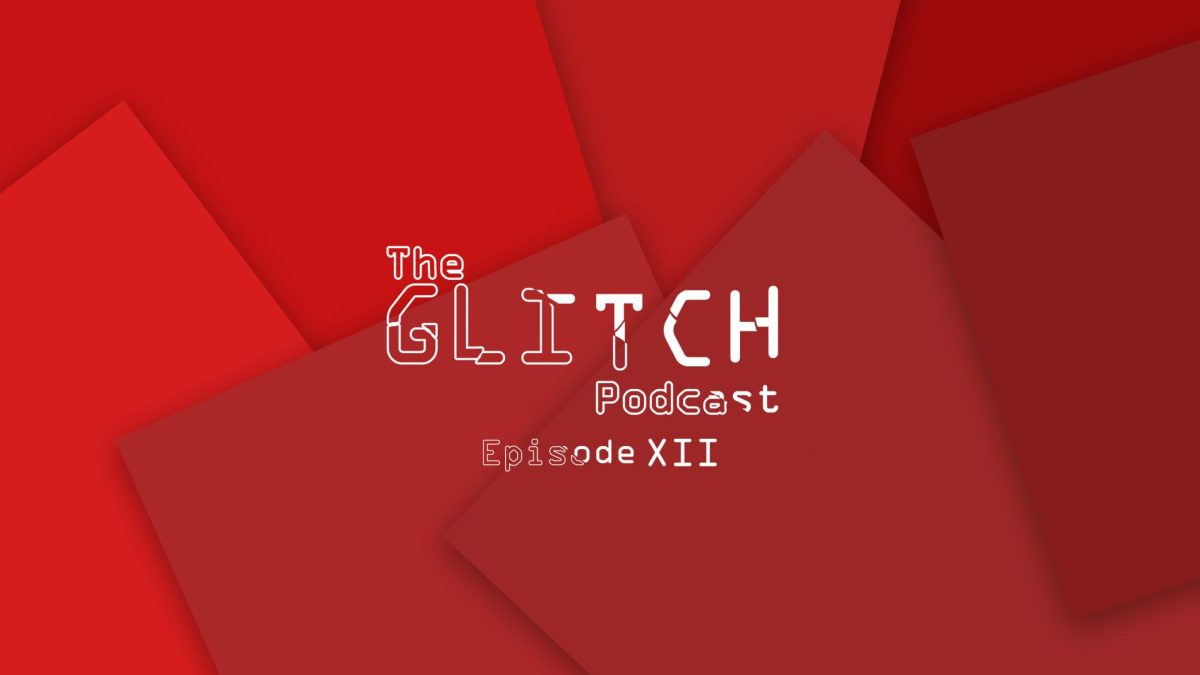
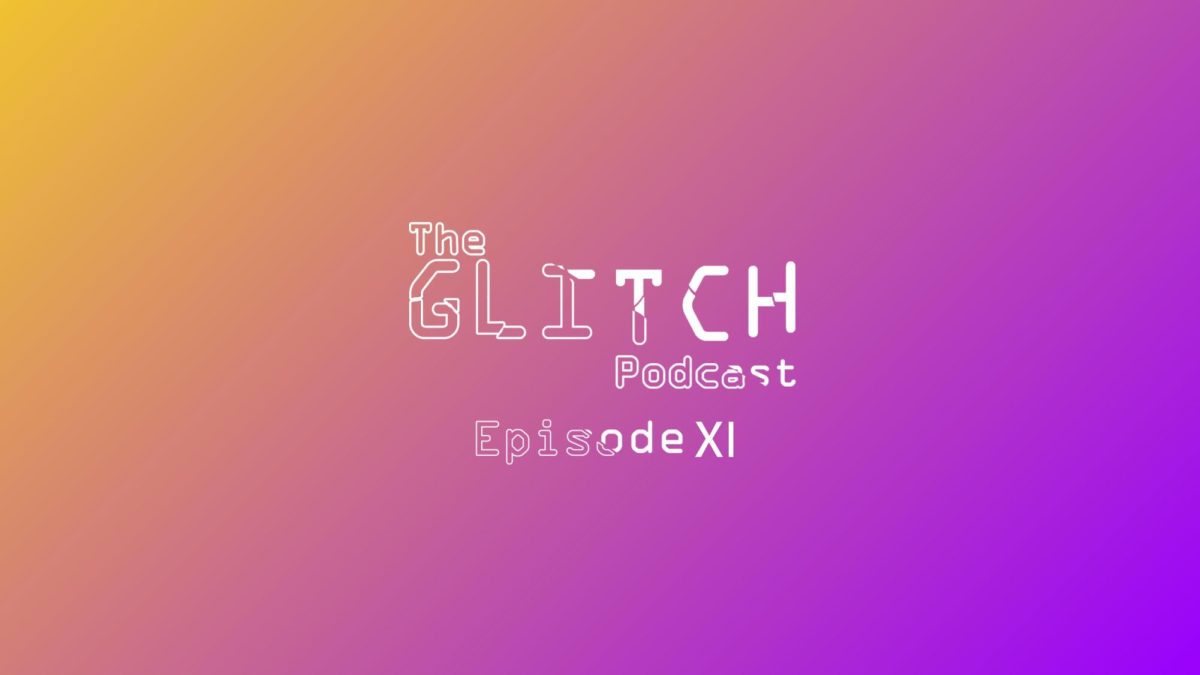


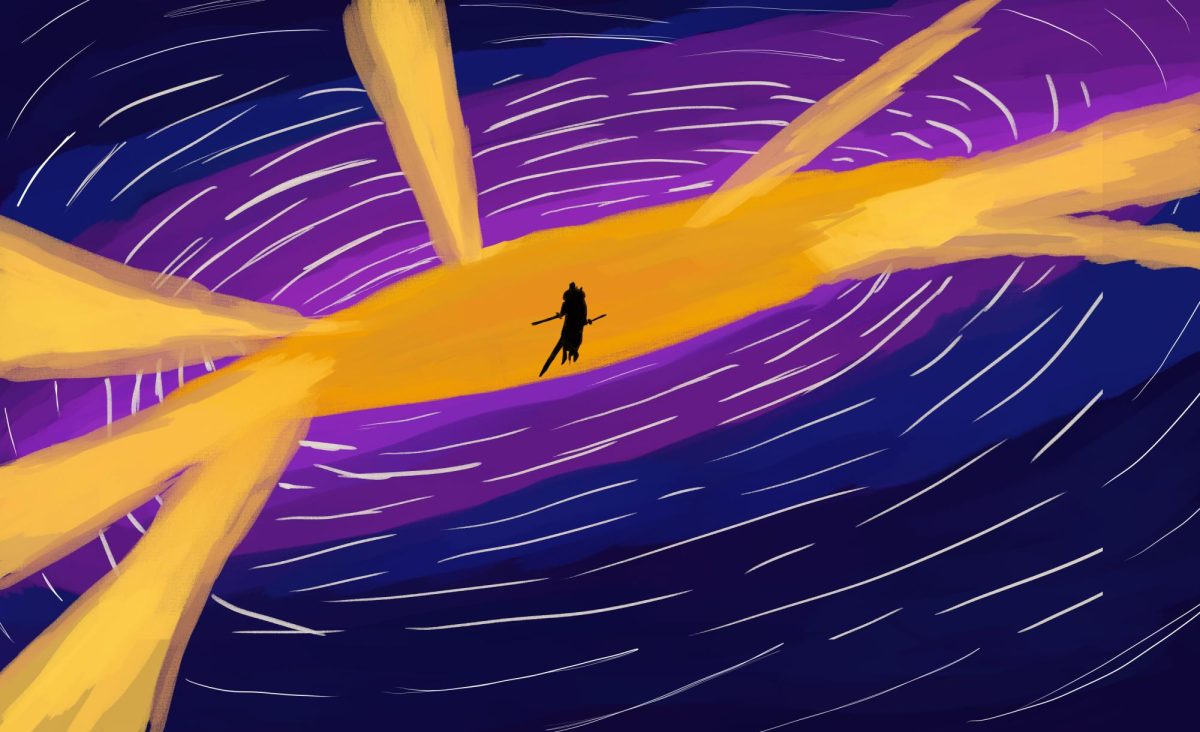
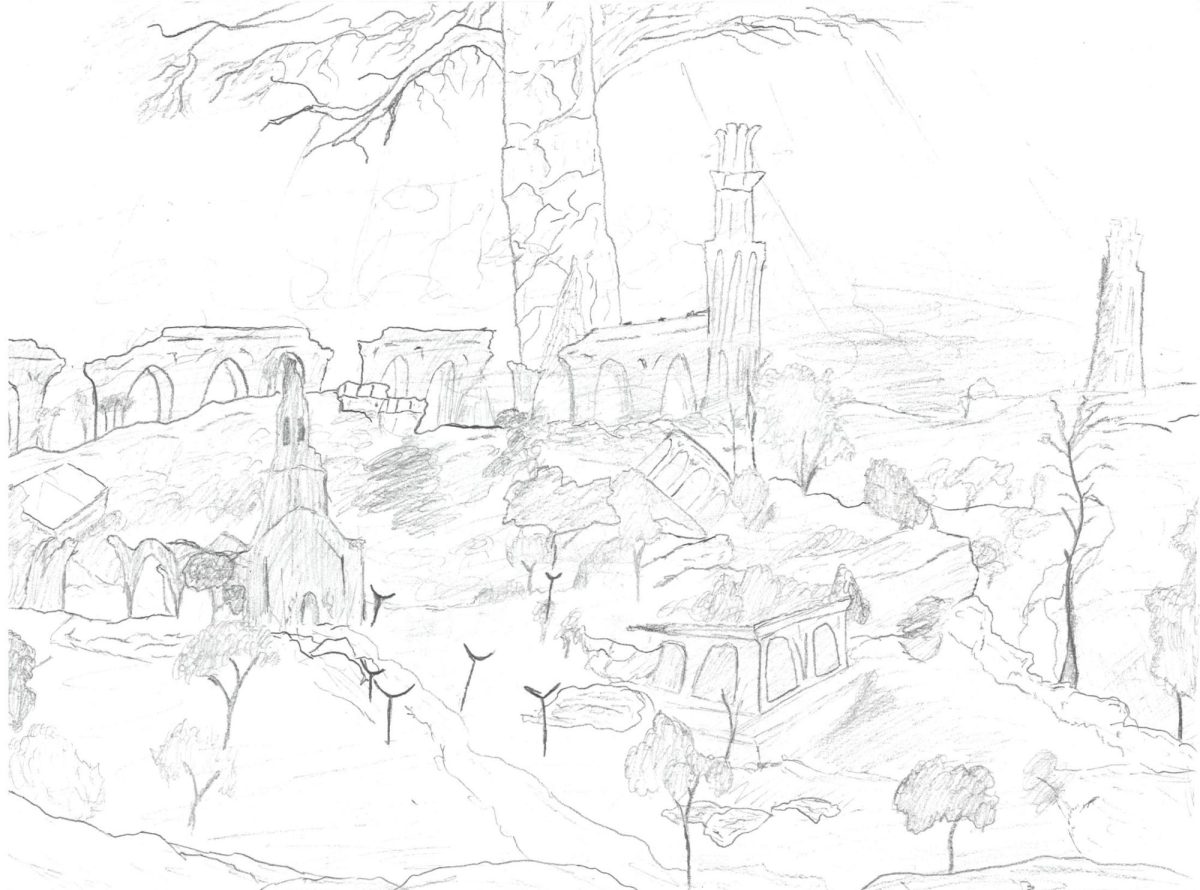
![Lesbian Visibility Day is April 26, and it’s a holiday to celebrate the lesbian community of the world. Lesbian Visibility day was established in 2008 by many queer activists and organizations who sought to raise more awareness for lesbian history and culture. “So this is why during Lesbian Visibility [Day] we celebrate and center all lesbians, both cis and trans, while also showing solidarity with all LGBTQ+ women and nonbinary people,” Linda Reily, in an article written by her, said.](https://rockmediaonline.org/wp-content/uploads/2025/04/Lesbian-Visibility-day.jpeg)



